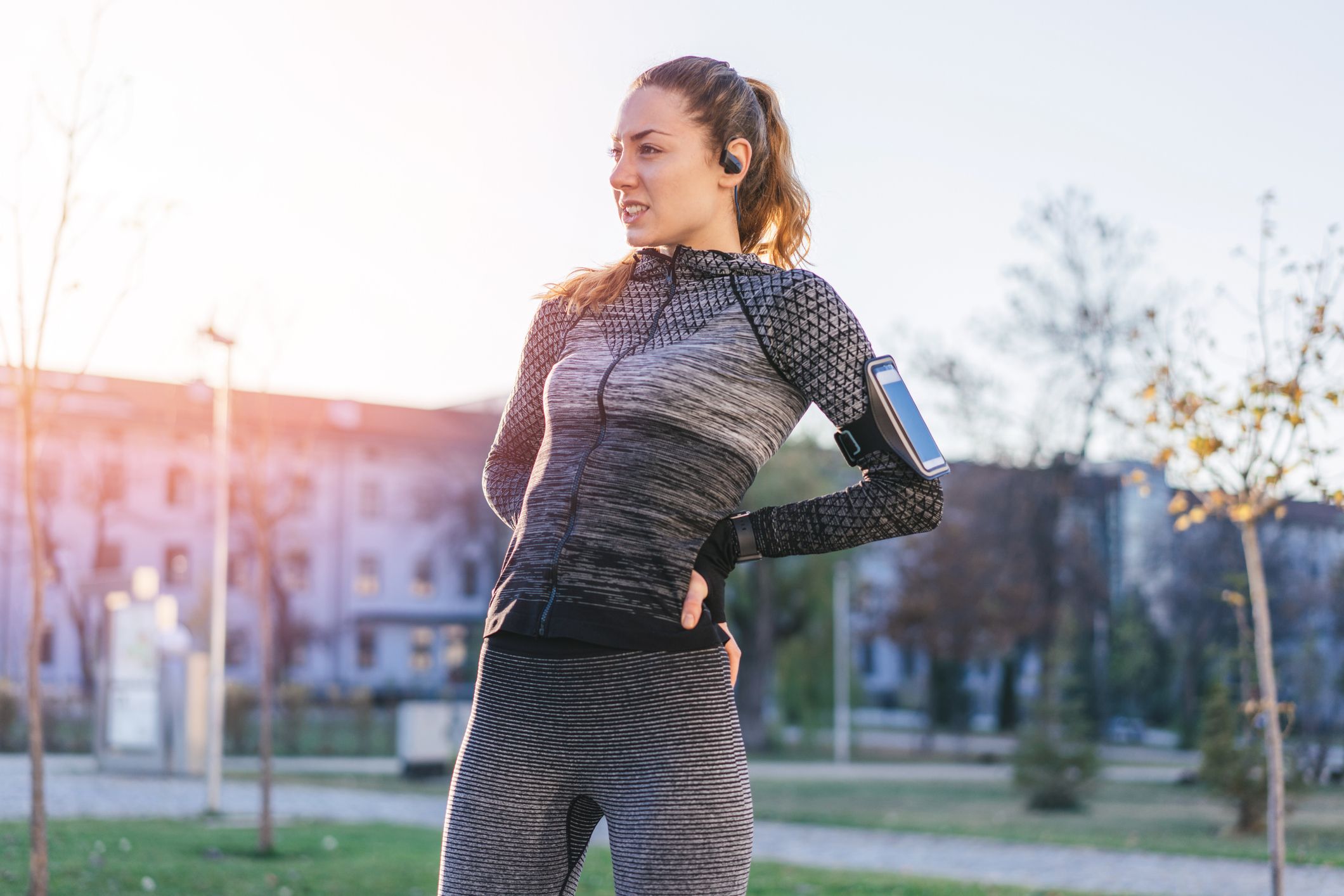Lower back pain is a common complaint seen in runners. One of the contributing factors is runners tend to focus more on cardiovascular endurance and building up their legs and therefore, often neglect other areas of the body such as the core. The "core muscles" are the deep lumbar, pelvic and abdominal stabilizing muscles that protect the spine. Weak core muscles can lead to injuries and sub-par performances. Running on hard surfaces can lead to tight hamstring muscles and weak abdominals making runners more vulnerable to back pain.
Research has indicated that core muscle training, which develops the muscles of the stomach, back, pelvis and hips, has become one of the most important focuses in fitness training. It has also shown that crunches and sit-ups do not actively stimulate the core; rather there are certain specific exercises that engage these muscles more effectively. Increasing numbers of athletes in all sports have come to realize that core training improves performance and reduces injury.
Examples of how core muscle issues adversely affect running include, pelvis misalignment. If one's pelvis is improperly aligned while running, injuries to the hamstrings, Achilles tendons and lower back muscles and joints ensue. That is where core strengthening comes in. It stabilizes the pelvic area, which leads to proper alignment and in turn, improved and more efficient running posture.

Other common causes of low back pain in runners include mechanical issues such as flat or hyperpronated feet, leg length discrepancies, curvature of the spine (scoliosis), degenerative disc disease, and muscular imbalances. However, the most common cause is muscle strain.
Flat feet or hyperpronation results in a loss of the arch of the foot. The arch is an important shock absorber for the body and takes the weight, pressure and burden from the kinetic chain (link of feet, knees, hips, and low back). Worn or ill-fitting shoes may exacerbate this condition. The best treatment is to obtain the proper running shoes and/or orthotics to place your feet, knees, hips, and low back in the proper alignment. Running on pavement adds strain on the kinetic chain. The best way to counteract this is to run on grass, trails, or on a treadmill.
Rehabilitation is critical in returning runners to their activity. Aggressive core strengthening along with increased flexibility and range of motion are the basis of most rehabilitation programs. The majority of patients improve with conservative treatment. However, patience is important as it may take weeks for symptoms to dissipate. Runners with back pain can continue running while in rehabilitation if the intensity, duration and frequency or altered and, most importantly, if running does not worsen the pain.
Some conditions leading to low back pain in runners may be more stubborn and challenging.
So, if your back pain persists despite appropriate conservative measures and training modifications, it's time to see a spine specialist.